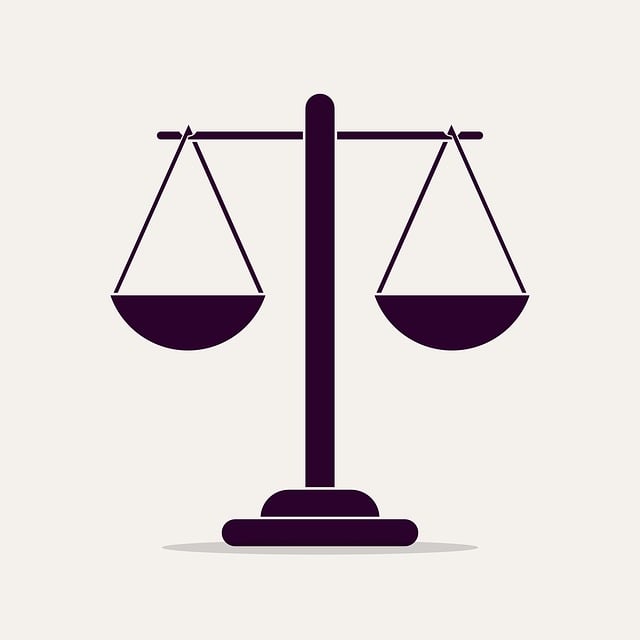Securities class actions offer a powerful mechanism for investors seeking justice against corporate fraud. For those considering a personal injury claim without legal aid, understanding these complex yet structured processes is vital. While DIY approaches are feasible for simple cases, varying legal landscapes require caution. Class action lawsuits provide a fair, efficient way to enforce accountability in large-scale harm, with designated representatives leading the case, simplifying matters for all involved.
“Unsure about pursuing a Personal Injury Claim Without a Lawyer in the realm of securities class actions? Our comprehensive guide provides an in-depth look at this legal process. We explore when such claims are suitable, breaking down complexities into simple steps. From understanding securities class actions to navigating the lawsuit process, this article equips you with knowledge. Learn how to take charge, especially in situations where legal representation might not be immediately accessible, and discover your rights as a claimant.”
- Understanding Securities Class Actions: A Comprehensive Guide
- When Is a Personal Injury Claim Without a Lawyer Appropriate?
- The Process: Step-by-Step Approach to Class Action Lawsuits
Understanding Securities Class Actions: A Comprehensive Guide

Securities Class Actions offer a powerful mechanism for investors to seek justice and compensation when companies engage in fraudulent or illegal activities. This legal process allows for collective action, where numerous investors join forces to hold accountable those responsible for market manipulation or violations of securities laws. Understanding how these cases work is crucial for both corporate and individual clients facing potential claims, especially when considering the high-stakes nature of such disputes.
These class actions can be particularly relevant for those looking into a personal injury claim without a lawyer. While complex, they provide a structured avenue to recover losses incurred due to misrepresented or false information in the sale of securities. The process involves meticulous investigation, gathering of evidence, and legal arguments centered around ensuring corporate accountability and protecting investors’ rights, especially in white-collar defense scenarios.
When Is a Personal Injury Claim Without a Lawyer Appropriate?

In certain circumstances, individuals may choose to pursue a personal injury claim without legal representation, opting for a DIY approach. This is typically feasible when the case involves relatively simple and straightforward claims with no complex issues or substantial damages. For instance, minor injuries sustained in a slip-and-fall incident at a public place or a simple car accident where liability is clear can sometimes be handled pro se—without a lawyer.
These cases often fall into early stages of the investigative and enforcement process, making them less resource-intensive. Individuals with an unprecedented track record of successfully managing their own legal matters or those who possess strong organizational skills, attention to detail, and a basic understanding of the law may find this feasible. However, across the country, legal landscapes vary, and what seems simple in one jurisdiction might be more complex in another, so caution is advised before proceeding without counsel.
The Process: Step-by-Step Approach to Class Action Lawsuits

Class action lawsuits are a powerful tool for holding companies accountable for their actions, especially in cases involving large-scale harm or financial loss. The process involves a step-by-step approach designed to ensure fairness and efficiency. It begins with the identification of a potential claim—often arising from a violation of securities laws or other regulatory norms—that could benefit from collective action. This stage is crucial for determining the viability of a case, as it requires careful evaluation of the facts and relevant laws.
Once a strong case is identified, potential plaintiffs are notified, typically through direct mail or online platforms. These individuals must then decide whether to opt-in to the lawsuit, which involves agreeing to participate and share in any potential damages or fees. This step ensures that only those genuinely interested and affected by the alleged misconduct are included, promoting a more focused and manageable case. From there, the lawsuit proceeds with a designated representative (often a plaintiff with a strong claim) leading the charge, achieving extraordinary results in high-stakes cases. This strategy not only simplifies complex legal matters but also ensures that personal injury claims without a lawyer can still be effectively pursued, even for those without legal expertise.
Securities class actions are complex legal endeavors, but understanding your rights is empowering. While a personal injury claim without a lawyer may seem appealing for smaller disputes, class action lawsuits offer a collective approach to hold corporations accountable for widespread wrongs. By following the step-by-step process outlined in this guide, individuals can navigate these cases effectively, ensuring fair compensation and a positive impact on future investor protection.






